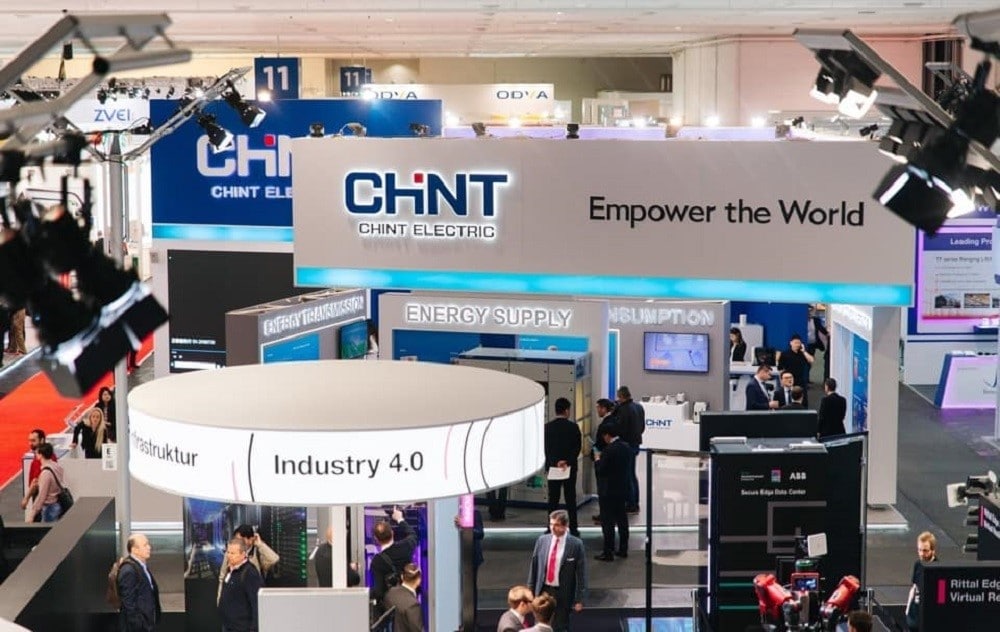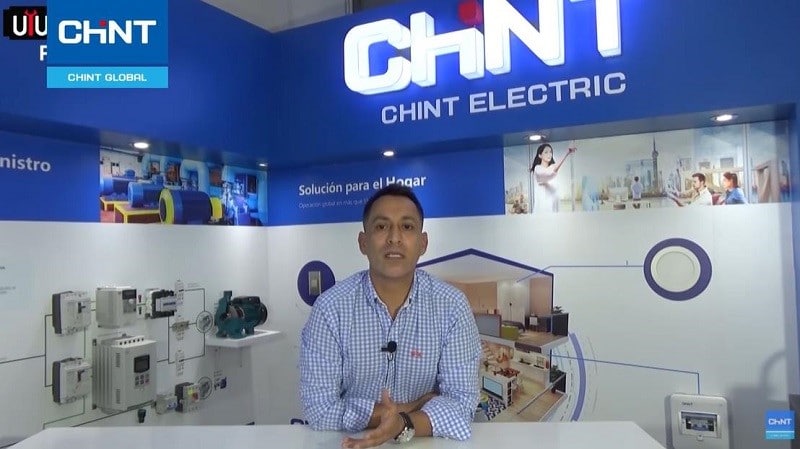Table of Contents |
What is a DIN rail, and how does it work? If you have come across or built electrical devices at one point, chances are you have come across a DIN rail. Essentially, DIN rails are used to mount various types of electrical equipment like circuit breakers.
A DIN rail features a relatively simple design and is vital for the installation, servicing, and operation of electrical equipment. Below is everything you need to know about a DIN rail and how it works.
What is A DIN Rail?
What Does DIN Rail Stand for? DIN stands for Deutsches Institut fur Normung, which translates to German Institute for Standardization. DIN became the official symbol for technical standardization in Germany in the 1970s.
A DIN rail is a standard type metal rail that is utilized for mounting circuit breakers and industrial control equipment in equipment racks. In addition, it acts as a mechanical support structure for different types of small electrical parts.
The rail is usually mounted either directly onto a wall or on the interior panel of an electrical enclosure. If it is mounted inside an enclosure, parts will be mounted directly onto the rail. On the other hand, if it is mounted to the wall, electrical parts may be mounted directly onto it.
There are different types of equipment mounted on a DIN rail. The equipment types include:
Circuit Breakers
A circuit breaker is an automatically operated electrical switch protecting electrical circuits from damages due to excess current from a short circuit or overload. It primarily interrupts current flow after a fault is detected. A circuit breaker comes in different sizes, from small devices protecting low-current circuits to large switchgear protecting high voltage circuits.
Surge Arrestors
It is a device that protects electrical equipment from over-voltage transients by internal (switching) or external (lightning) events. A surge arrestor is used to protect equipment in distribution and power transmission systems.
It is important to note that surge protectors are not designed to protect against direct lightning strikes to a conductor. However, it is designed to protect against electrical transients resulting from lightning strikes that occur in the vicinity of a conductor.
Switch Disconnectors
In electrical engineering, a disconnector is utilized to ensure that an electrical circuit is fully de-energized for maintenance or service. Disconnectors can be classified into different types depending on their constructional features and mounting arrangement.
A switch disconnector combines the property of a load switch and a disconnector. As such, it provides the safety isolation function with the ability to break or make nominal currents simultaneously.
Din Rail Meters
DIN rail meters are designed for high-level performance. In addition, they are fast and easy to install. DIN rail-mounted electrical meters are available in several configurations to match different needs and applications.
Types of DIN Rails
A DIN rail is available in different shapes. The most common types include:
- Top Hat Rails. It is the most common type of DIN rail with a 35mm design. Most electrical components are designed to be compatible with the top-hat rail.
- C Rails. These rails feature a C-shape that is the opposite of the top hat rail. It has a 32mm design. Unlike top hat rails, the C rails are no longer in widespread use
- G Rails. Also known as TS-32 rails, these 32mm rails feature an asymmetrical G shape. They are used to mount larger or heavier components due to the additional support they provide. Their asymmetrical design help to protect parts from wrong installation
- Mini Top Hat Rails. Also known as TS-15 rails, the mini top hats are the smallest DIN rail sizes at only 15mm.
A top-hat 35mm rail is the most preferred choice due to its versatility.
How Does DIN Rail Work?
A DIN rail allows a device builder to mount electrical hardware in the enclosures. The rails are attached via screws to the enclosure’s rear wall or mounting plate. After installing the DIN rail, the rail’s standardized designs allows compatible electrical parts, like the terminal blocks, to be mounted easily and quickly.
The versatility and durability of DIN rails make them popular choices for a wide variety of applications that need a simple yet flexible mounting solution. A DIN rail is an effective tool for mounting hardware inside electrical enclosures.
How to Cut DIN Rails
One of the safest and most efficient ways to cut DIN rails is to use a DIN rail cutter tool. Firstly, ensure you exercise property safety when using a DIN rail cutter to avoid damage and injuries. Then set the cutter’s measuring guide to the precise measurement you want the DIN rail to be cut. Once the measuring guide is safely secured in place, slide your DIN rail into the slot. Some cutters come with different slots for different types of DIN rails.
Lower the wall of the guide, ensuring the DIN rail is flush against it. Next, pull the cutter’s lever down slowly and allow it to return gently into its original position. Next, lift the wall of the guide and remove the cut DIN rail.
Depending on your choice, the DIN rail is relatively easy to use and cleanly cuts DIN rails without damaging them. A DIN rail cutter also ensures a safe work environment. Different manufacturers have differently designed DIN rail cutters, meaning the mode of usage will also differ.
It is advisable to have an expert cut your DIN rails if it is your first time using a DIN rail cutter.
Summary
A DIN rail is a metal rail that experts use to mount circuit breakers and industrial control equipment. Generally, DIN rails come in different variations. However, they have similar characteristics all around the world. DIN rails need to be cut for easy usage. A typical DIN rail cutter is the standard method for cutting DIN rails to precise length measurements.
Some of the equipment installed on a DIN rail include circuit breakers, switch disconnectors, surge arrestors, and DIN rail meters. CHINT manufacturers and supplies high-quality electrical equipment that you can typically find mounted on a DIN rail. Check out our comprehensive catalog for high-quality modular DIN rail products that come in a wide variety of shapes and sizes.














